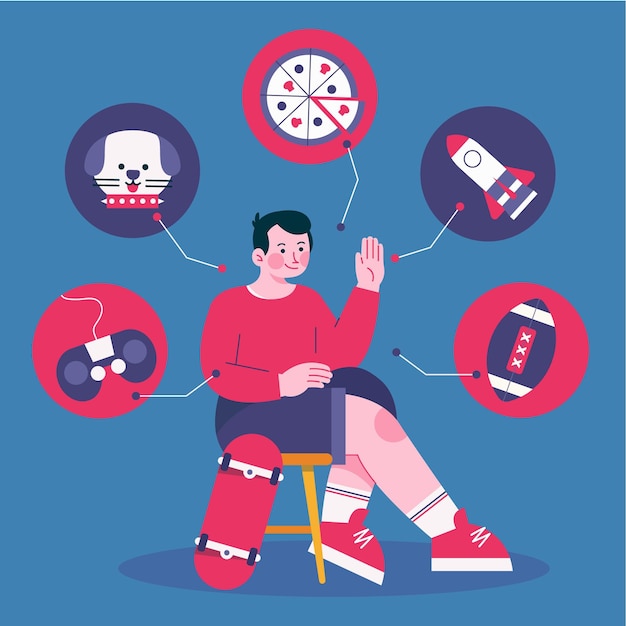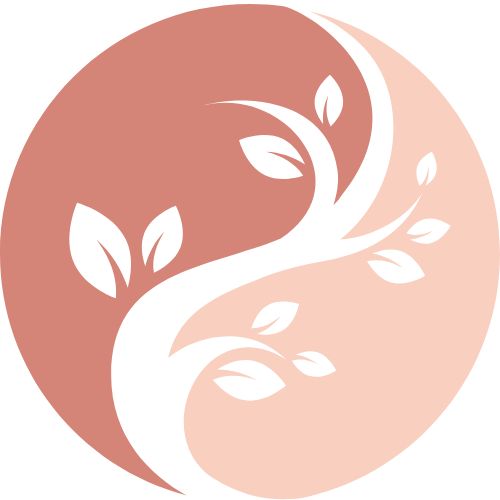
What Is Testosterone?
Testosterone is an anabolic steroid hormone primarily produced in the testicles. The brain signals the pituitary gland, which then instructs the testes to produce and release this hormone. While testosterone is the main male sex hormone, women also have it in smaller amounts. Like other hormones, it acts as a messenger in the bloodstream.
Sex hormones like testosterone influence development from before birth into adulthood. During male puberty, testosterone leads to the growth of facial hair, a deeper voice, and greater muscle mass. It also plays a role in bone mass, body fat distribution, red blood cell production, and the development of other gender-specific features throughout life. Higher levels of testosterone are associated with improved visual memory, verbal memory, and hand-eye coordination.
Men typically experience peak testosterone levels around age 20, which then gradually decline with age. Testosterone levels fluctuate throughout the day, peaking between 7 a.m. and 10 a.m. Mood and stimuli also significantly influence testosterone fluctuations. Other hormone systems, including the thyroid, affect testosterone secretion, so maintaining thyroid health is crucial!
Low testosterone, also known as “low T” or clinically as hypogonadism, occurs when testosterone levels fall below 425 ng/dl. The normal range is between 425 to 1000 ng/dl.
Low Testosterone Symptoms
Testosterone levels most commonly decline in older men, but it can also happen in men under age 30. Hormonal imbalances can affect both the body and mind. A man’s response to low testosterone can range from hot flashes to hair loss. Below are the most common symptoms.
Changes in Libido
A reduced sex drive is considered the most prominent symptom of low testosterone. Testosterone affects your mood regarding sex. During puberty, higher testosterone levels make boys more interested in masturbation, fantasies, and sexual activity. Conversely, a decline in testosterone can reduce these activities by lowering sexual desire and arousal.
Erectile Dysfunction
While testosterone affects your mindset and mood, it also physically impacts the mechanisms behind sex. For a man to have sex, the body must undergo a series of biological reactions in which testosterone plays a role. Both hormone and nerve stimulation lead to blood flow to the penis, affecting arousal and erectile function. Although testosterone is not the primary hormone involved in erections, it contributes through nitric oxide production, which stimulates blood flow to the penis. Men with low testosterone may have difficulty achieving a full erection. Additionally, low testosterone can be linked to a low sperm count, though not in every case.
Fatigue and Depression
Testosterone is not just crucial for men’s sexual health; it also affects daily energy levels. Some men with low testosterone levels often feel unusually tired and have low energy. Lower muscle mass contributes to the tiredness experienced with low testosterone. However, low T causes both physical and mental fatigue, including stress or depression.
Cognition & Mood Changes
Men with lower testosterone have a higher chance of experiencing depression, anxiety, and other mood-related issues. While mood fluctuations are normal, hormonal imbalances like low T can disrupt your emotions more than usual. The stress hormone cortisol can disrupt testosterone levels. When one hormone floods the bloodstream, it can block out the other. Feelings such as anxiety, guilt, depression, or low self-esteem can raise cortisol levels, which can then affect testosterone.
Reduced Strength
Lower testosterone levels lead to changes in body composition, including muscle and fat mass. Specifically, low T leads to higher body fat and lower muscle mass. Exercise can promote healthy testosterone levels and much more. Men between the ages of 24 and 85 with higher testosterone levels tend to have narrower waistlines, while men with lower testosterone tend to have wider ones. Exercise can help you stay on top of your game by boosting testosterone while improving muscle development and body fat loss!
Potential Low Testosterone Causes
Testosterone decline begins in your 40s and becomes more noticeable by your 50s and 60s. Fifty percent of men over 80 experience low T. Causes of low testosterone, particularly in younger men, include poor diet and nutrition, long-term smoking, lack of sleep, chronic or acute stress, insufficient exercise, use of certain medications, obesity, high blood pressure, medical conditions like diabetes and liver disease, and issues with the pituitary gland. Several other medical factors can also lower your testosterone levels. If you are concerned about a hormonal deficiency, consult your healthcare provider and ask for a testosterone level test.
Are There Natural Remedies?
If you have experienced symptoms of low T, don’t worry. You don’t have to turn to testosterone replacement therapy to get your groove back. Many natural lifestyle choices can slowly restore hormonal balance without side effects and safety risks.
Exercise
The number one remedy for low testosterone involves getting enough exercise! Increasing your physical activity has incredible all-around benefits for nearly every aspect of your health, including boosting testosterone levels in men. Testosterone levels are much higher in men who have high physical activity compared to those with low physical activity.
Eat Testosterone-Boosting Foods
The second solution involves eating foods that stimulate testosterone production. Food is the best way to intake nutrients naturally. For men, foods rich in protein, vitamin D, and zinc can boost testosterone levels. Adding the right dietary supplements to your diet can support and regulate normal testosterone levels. Examples of healthy foods that positively affect testosterone levels include olive oil, beans, garlic, cauliflower, cabbage, Brussels sprouts, kale, bok choy, broccoli, red grapes, eggs, pumpkin seeds, and figs. Learn more in our article on testosterone-boosting foods.
Take Vitamin D
Vitamin D is a key supplement to promote healthy testosterone levels. Vitamin D acts as a steroid hormone in the body, and people low in D tend to have lower testosterone. Increasing your D levels raises testosterone levels! Many foods are rich in vitamin D, and sunshine is one of the best sources of this vitamin. However, if you do not get enough high-D foods or sunlight due to working indoors or living in northern latitudes, supplements can make a big difference. Many people are deficient in this essential vitamin. I recommend Global Healing’s Vitamin D3, a lichen-derived source of the sunshine vitamin. For more ideas, check out our article, How to Increase Testosterone: Natural Hacks that Work.
Points to Remember
From triggering male characteristics from puberty through adulthood to passing on one’s genes, testosterone is central to men’s health. Testosterone naturally declines with age in men and is a normal part of aging, but it doesn’t have to affect your quality of life. Low testosterone symptoms include lowered libido, energy, mood, and strength. Some men experience erectile dysfunction in connection with lower testosterone. Additionally, mood and cognition can be affected by testosterone. When testosterone declines, whether as a normal part of aging or earlier in life due to stress, lack of exercise, or other factors, you can try natural therapies to rev the engines. Conventional testosterone treatments, like testosterone therapy, have side effects and safety concerns. For a natural way to boost testosterone, get more exercise! Physical activity is known to raise testosterone levels in men. Reduce stress and get healthier, and you will see results. Supplements linked to normal testosterone levels include vitamin D and zinc.



